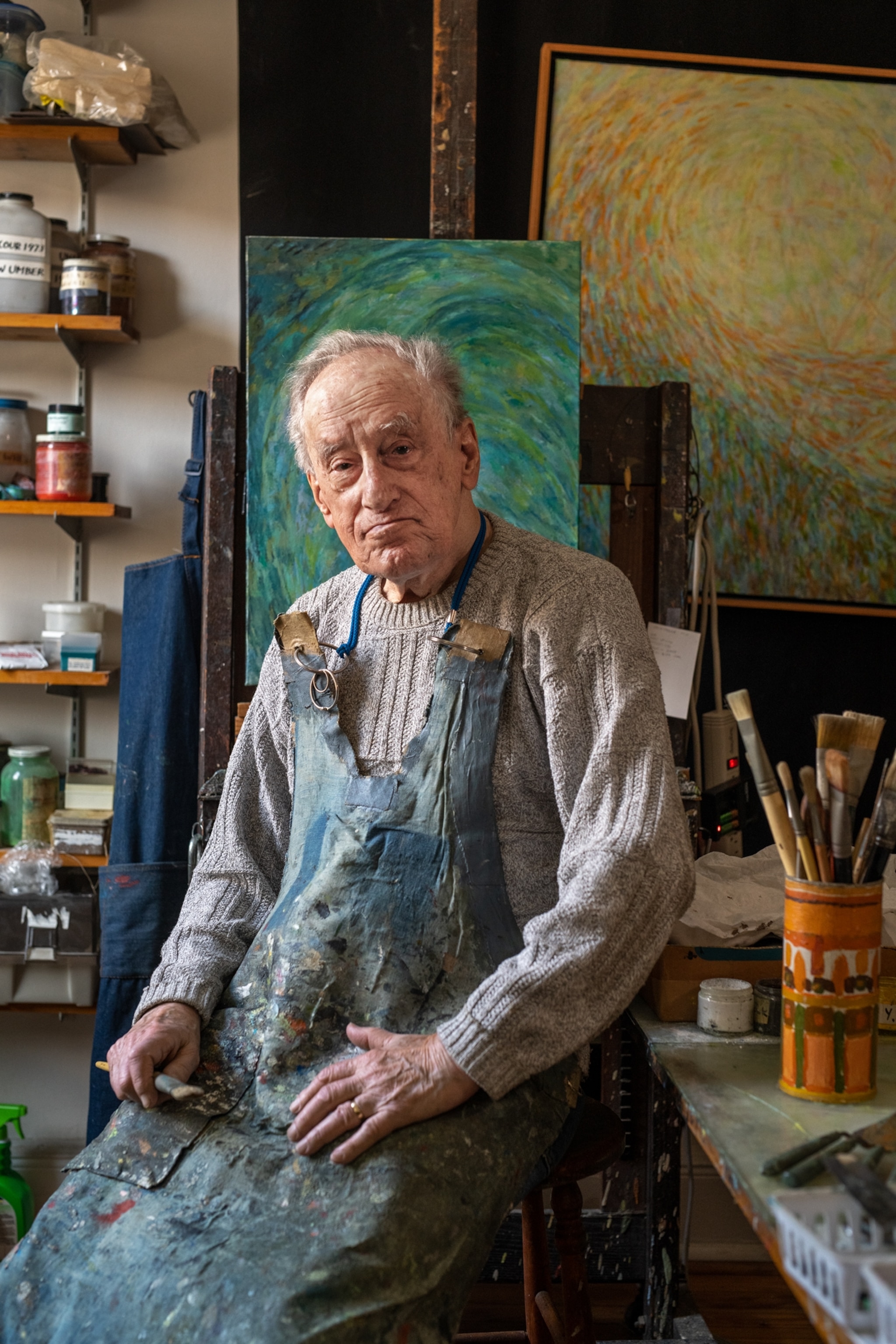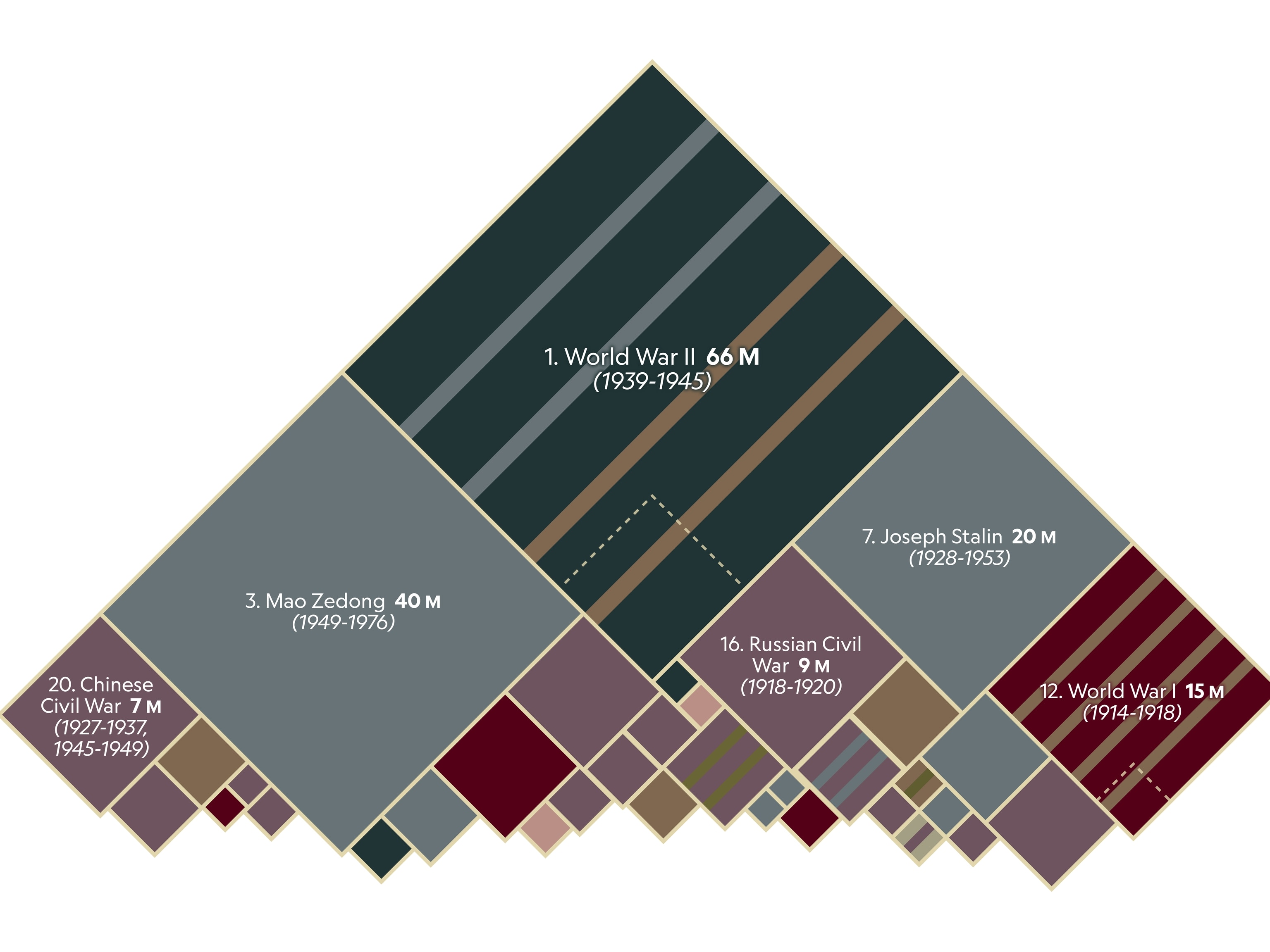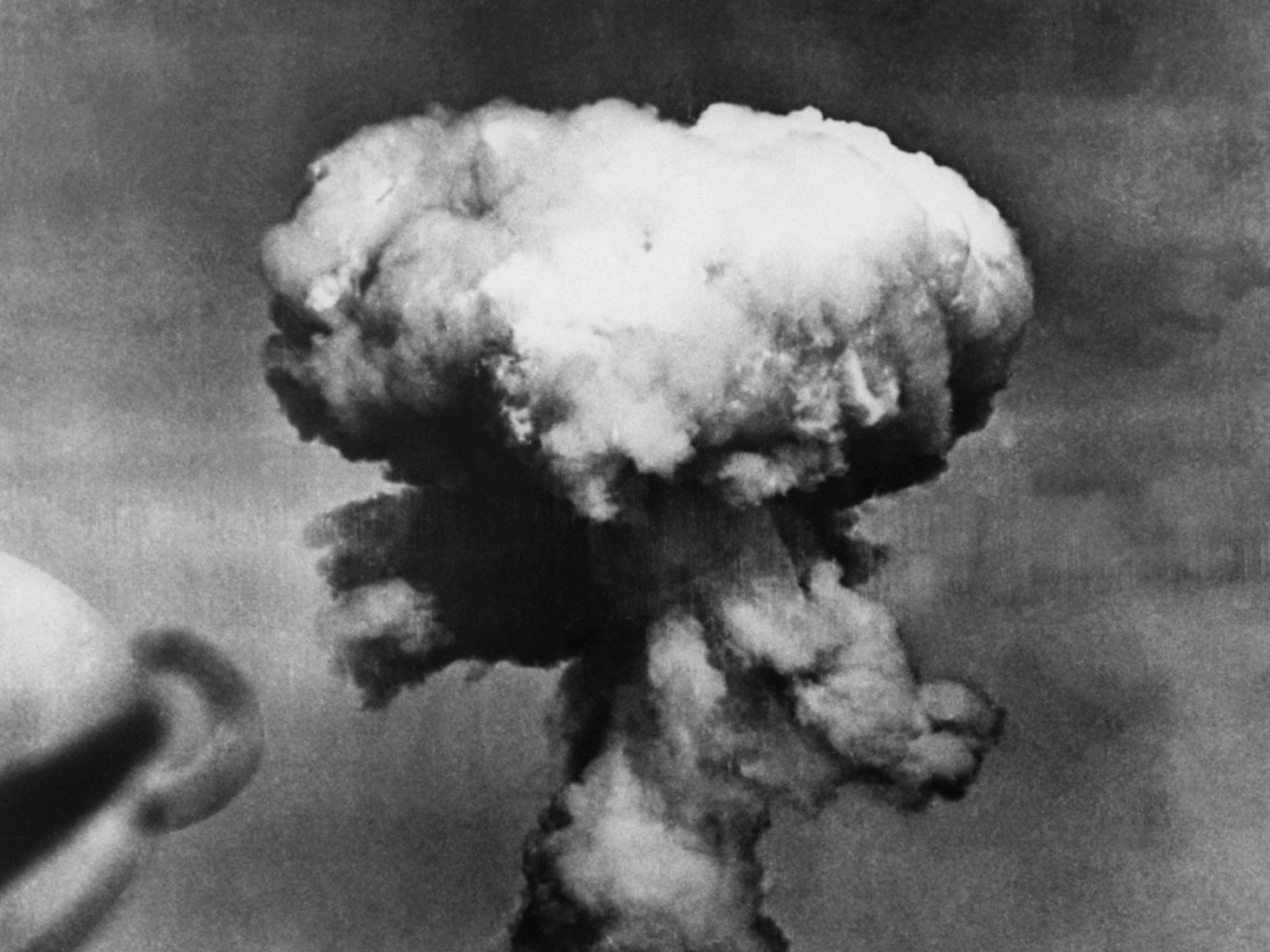‘We were in striped pajamas, lice infested. But we were polite, spoke the truth, and discussed what the world should be like.’
Frederick Terna, Holocaust survivor, Czechoslovakia

Soon after Frederick Terna arrived at Terezín, a Nazi concentration camp, in 1943, he began sketching. He drew triple-level bunk beds, lines of people awaiting meager food rations, and the railroad tracks that transported prisoners to Auschwitz. He signed some sketches with a symbol so they couldn’t be traced back to him. Drawing, he found, was a reminder of his humanity.
Terna was 16 years old when German troops marched into Prague, his hometown, in 1939. When American soldiers liberated him six years later, he says, he was “one of those shuffling skeletons.” He had been held in four concentration camps and had starved, escaped, been caught, and frozen nearly to death. He returned to Prague and learned that no one else in his immediate family had survived the war.
Terna married a fellow camp survivor and eventually ended up in New York, where he became a full-time artist. Now, at 96, he still paints and lectures. In the top floor studio of his Brooklyn home, he mixes dry pigments into acrylic paint. “It’s my stab at immortality,” he says of the medium. Terna’s canvases, thick with texture and fiery scenes, line the hallways. “We have left a record. My record is visual.”
Nearly 40 years after the war, Terna discovered someone had saved his drawings from Terezín and taken them to Israel. “We didn’t know then that I was actually making historical documents.” Like the number tattooed on his arm—114974—they were evidence of what happened to him and six million other Jews who perished in the Holocaust. “Yes, our families are gone, but their memory is kept alive,” he says. “It’s my obligation—and, in a way, it’s now yours, to remind the world.”




